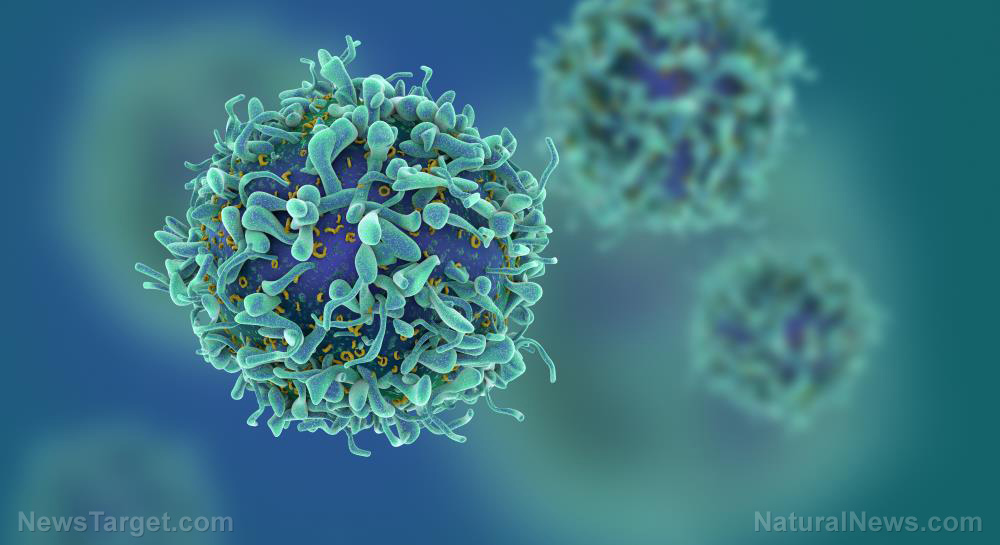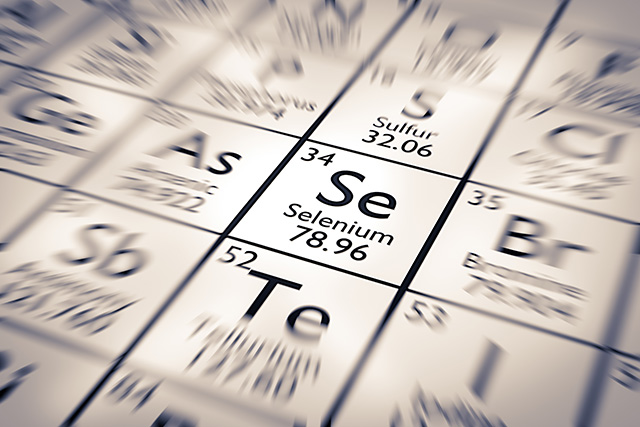Researchers develop “controlled” viruses capable of destroying tumors
06/03/2020 / By Evangelyn Rodriguez

Viruses, particularly a new strain of coronavirus, have recently been thrust into the global spotlight due to an outbreak in China that quickly spread around the world. But while the deadliness of viral infections is much discussed at the moment — thanks to the ongoing pandemic — death is not the only thing viruses bring to the table.
A new study, published on May 11 in the journal Cancers, highlights a different side of viruses — one that may actually be of considerable benefit to human health. Researchers at Hokkaido University and Tenshi College in Japan reported that they’ve successfully inhibited tumor growth in mice using genetically modified “oncolytic” adenoviruses. Like members of the coronavirus family, adenoviruses commonly infect the lungs and airways (besides other organs) and cause viral pneumonia.
Viruses and cancer therapy
While viruses and cancer are both enemies of the human body, these two have a strange relationship. Some viruses, for instance, are known to cause human cancers. The hepatitis B virus (HBV) is implicated in the development of liver cancer, while the human papillomavirus (HPV) is linked to cervical cancer, as well as head and neck cancer.
On the other hand, some viruses preferentially replicate in cancer cells and cause their destruction by cell lysis. These viruses include retroviruses, vesicular stomatitis viruses, herpes simplex viruses and adenoviruses. According to studies, these viruses use tumor-specific mutations, signaling pathways and antigens to leverage their ability to replicate within tumor cells. The discovery of these mechanisms is what gave birth to the idea of using viruses to kill cancer cells.
What makes the idea viable is that several types of cancer cells, owing to impaired antiviral defenses, are susceptible to viruses. This susceptibility is what scientists are hoping to take advantage of in oncolytic virus therapy (OVT). OVT is a promising approach to treating cancer cells that makes use of “controlled” viruses. Scientists are able to manipulate the behavior of oncolytic viruses by modifying specific viral genes.
For instance, certain genes in oncolytic viruses can be altered, removed or added to make them more selective. This means that viruses modified this way will only replicate inside cancer cells but won’t do any damage if they infect healthy cells. Researchers have also been able to produce oncolytic viruses that carry genes capable of boosting immune response. This type of modification allows the virus to work in tandem with immune cells to destroy a tumor. (Related: Scientists find that a strain of the common cold virus may REVOLUTIONIZE bladder cancer treatments.)
Oncolytic adenoviruses with high selectivity toward tumor cells
For their study, the researchers exploited a characteristic of cancer cells that gives them an advantage over normal cells but also makes them more vicious: high levels of human antigen R (HuR). HuR is an RNA-binding protein that’s involved in the stabilization of mRNAs, the products of DNA transcription that are subsequently translated into proteins.
In normal cells, the production of proteins is regulated by adenylate-uridylate-rich elements (AREs), which are RNA elements that enhance the rapid degradation of mRNAs. AREs play an important role in making sure genes required for cell growth and proliferation are not over-expressed.
But in cancer cells, ARE-mRNAs are stabilized instead of destroyed, thanks to the high levels of HuR in the cytoplasm. This abnormality is one of the main reasons why cancer cells grow and proliferate continuously.
To exploit this mechanism, the researchers developed two adenoviruses, AdARET and AdAREF, that contained the AREs of human TNF-a and c-fos genes in the 3’-untranslated regions of the E1A gene. TNF-a is a known inflammatory cytokine, while c-fos is a protein reported to have tumor-suppressing activities.
They found that in cancer cells, the expression of the E1A protein was higher than in normal cells, and virus production, as well as cytolytic (cell lysis) activity, was also higher.
“The idea behind the insertion is that the AREs will stabilize the killer adenoviruses, allowing them to replicate only inside cancer cells but not in normal healthy ones,” explained Fumihiro Higashino, a molecular oncologist at Hokkaido University and one of the authors of the study.
Higashino and his team then tested the two modified adenoviruses on cultured cells and in nude mice injected with human cancer cells.
When the researchers inhibited ARE-mRNA stabilization, it resulted in reduced viral replication, which meant that the stabilization mechanism mediated by HuR up-regulation is important for AdARET and AdAREF to be effective. (Related: mRNA vaccines, a primer: How they work, why they’re “cleaner” than traditional vaccines, and why they might prove catastrophic in a rushed coronavirus response.)
Meanwhile, in the nude mice, injection of both oncolytic viruses inhibited the growth of human tumors and significantly decreased the size of the tumors. These results suggest that the modified oncolytic adenoviruses developed by Higashino and his team can be used to treat a vast majority of cancers that also make use of the ARE-mRNA stabilization mechanism.
“Since ARE-mRNA stability has also been reported in diseases other than cancer, we think the viruses we engineered could also have potential for treating diseases related to inflammations, viral infection, hypoxia, and ultraviolet irradiation,” said Higashino.
To learn more about effective treatments for cancer, visit Oncology.news.
Sources include:
Tagged Under: adenoviruses, anti-tumor, anticancer, biotechnology, breakthrough, cancer therapy, cancer treatments, cancer tumors, discoveries, disease treatment, genetically modified viruses, Oncology, oncolytic virus therapy, oncolytic viruses, research, superbugs



















